Whether you’re looking for new land that’s well-suited to new tree growth or adding to existing land, pine trees are always a great choice. In fact, of the estimated 111 pine tree species worldwide and 49 species that are native to North America, Georgia provides a native home to 11 varieties. Of course, some other species have been introduced to the state as well but for our purposes of planting trees for commercial forestry use (including wildlife management), we stick to three species. These species are Loblolly, slash and longleaf Pines.
Georgia’s Native Pines
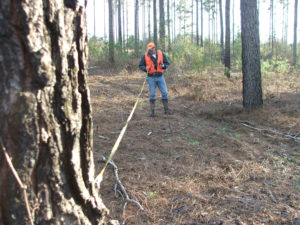
Before you can select a species to grow, you need to know what your options are. The pines native to Georgia include:
- Eastern White Pine – This large, very straight tree can reach heights exceeding 100 feet.
- Loblolly Pine – The trunk of these trees is medium to large and grows mostly straight. Loblolly Pines generally grow above 100 feet.
- Longleaf Pine – This distinctive species has tufted needles, coarse branches, and a straight, medium to large-sized trunk that often surpasses 100 feet.
- Pitch Pine – Size varies greatly depending on the growth site. When they’re in the ideal environment, a pitch pine can achieve a medium-sized trunk and a straight height of about 80 feet.
- Pond Pine – Known for their numerous sprouts and often twisted trunk, pond pines grow upright to approximately 70 feet.
- Sand Pine – These trees tend to have a poorly formed trunk, and they top out at 20 to 40 feet.
- Slash Pine – With a medium-sized trunk and the ability to grow past 100-feet, the slash pine can work well for those who want a thinner, towering tree.
- Spruce Pine – Often considered one of the most attractive North American pine species, the spruce generally stays just below 100 feet.
- Shortleaf Pine – The medium to large, straight trunk of the shortleaf pine can grow far beyond 100 feet.
- Table Mountain Pine – A small to medium-sized tree with an irregular crown that grows to about 65-feet tall.
- Virginia Pine – The last of Georgia’s native pines often reaches 75 feet and has a small to medium trunk.
There is one publicly accessible place in Georgia that grows all 11 species: The Pinetum at the University of Georgia’s Warnell School of Forestry & Natural Resources. The Pinetum also has an eclectic collection of pine species taken from all over the world.
When to Plant Pine Trees
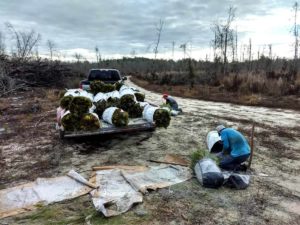
If you’re going to plant pine seedlings, it’s important to get them into the ground as quickly as possible. We try to pick the seedlings up from the nursery within a day or two of when seedlings are lifted and planted in the next day or two. Once the seedlings are lifted from the seed bed at the nursery, the seedlings are put in bundles of 1,000 seedlings and placed in cold storage. Seedling care after lifting is crucial in survival of transplanted seedlings. Prime planting conditions include moist soil (which is an absolute must) and cooler temperatures. Although it’s recommended to plant bare-root seedlings in the latter part of December, January and February, it’s best to consult a forester to determine the best planting date for each region of Georgia.
When to Cut Pines in Georgia
Pine trees need to be planted, thinned, and harvested at the right time for optimal results. Cutting pine trees down altogether or final harvest, can be done at any time. A few reasons for harvesting are listed below:
- Landowner wants some income.
- First thinning needs to be done to ensure stand health and maintain maximum growth. Other thinning during the rotation of the stand are necessary to maintain good growth, health and in income.
- Spike in timber prices provide higher return on investment.
- Managing to enhance wildlife goals or objectives.
How Fast They Grow
Pine tree growth depends on many factors, including the soil, weather conditions, how well maintained the trees are, etc. However, the single biggest determining factor is the type of species you have. Here are a few examples of the tree growth rate that you can expect from pine trees in Georgia.
- Loblolly Pine – As one of the fastest growing and hardiest pine trees that are native to Georgia, the loblolly is a great choice if you want immediate gratification. These trees grow approximately two feet per year.
- Longleaf Pine – With a medium growth rate, the longleaf pine grows between 13” and 24” each year.
- Slash Pine – As another medium growth tree, the slash pine’s annual growth can be as little as 13” and as much as more than two feet.

The above is the textbook answer to tree growth. For commercial growth and returns, you can generally do the first thinning in 15 years and trees will be about 40 feet tall give or take a bit. Generally, you will harvest about 30 tons per acre. The second thinning will occur about 8 years later and harvested volume will be similar as first thinning. By the time the residual timber stand is 35 years old, trees will be sawtimber size trees. The total height will be about 100 feet but not all the tree will be utilized for sawtimber. The top will be utilized as pulpwood because of the size diameter and quality.
Of the three species we plant for commercial use, loblolly grows the fastest, then slash and longleaf is the slowest. There is only a few years difference in timing first thinning. Soil type, weather and management of the timber have a contributing factor in growth rate, time to harvest and return you will get for your investment. All these factors have an important effect on wildlife, too. Many landowners like to plant longleaf for the straw. Each of the species have their own unique qualities but all work well for timber and wildlife purposes.
Best Soil Conditions for Pine Trees
Just as tree growth rates can vary widely, the type of soil your land has will make a big difference in what type of pine tree you should plant. Again, proper research is essential to getting the right species. For instance:
- Slash Pine – Does best in well-drained, loamy, sandy, acidic, clay, and wet soils.
- Longleaf – Likes moist soil that’s acidic and well-drained but can also grow in dry soil.
- Loblolly – Best growth occurs in clay, well-drained, sandy, moist, loamy, wet and acidic soils.
What Type of Pine Cones Does Each Tree Have?
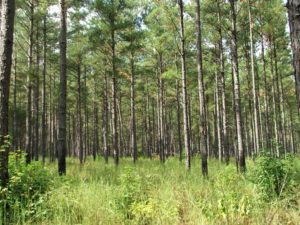
People are drawn to pine cones for many reasons, including arts and crafts. Of course, their primary purpose is to protect the tree’s seeds for future germination. Each pine tree species has its own unique style of pine cones. Referred to as the fruit of a pine, you’ll find cones ranging from conical, sharp, and 1.5 – 2.5 inches (Virginia Pine) all the way to cylindrical, very resinous, and 4 -7 inches long (Eastern White Pine).
Virginia Tech provides a great resource for those who want to look up extensive details about each type of pine tree.
Buying or Selling Land with Pine Trees
Are you in the market for land with pine trees or looking to sell? Contact the realtors and forestry experts at Green Hill Land and Timber!
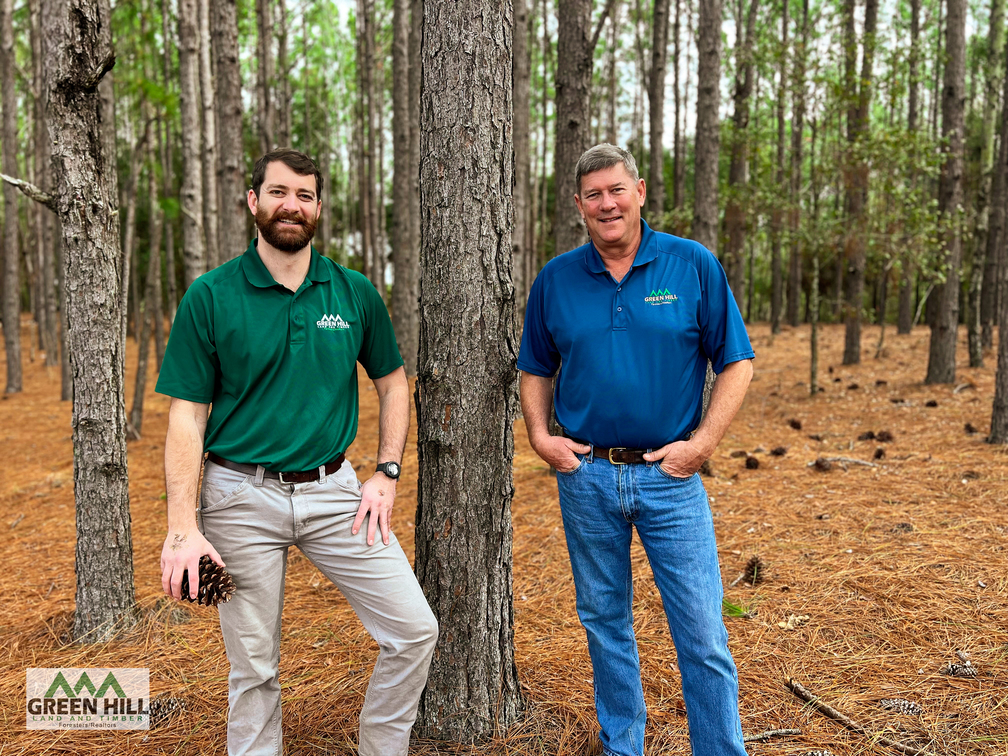
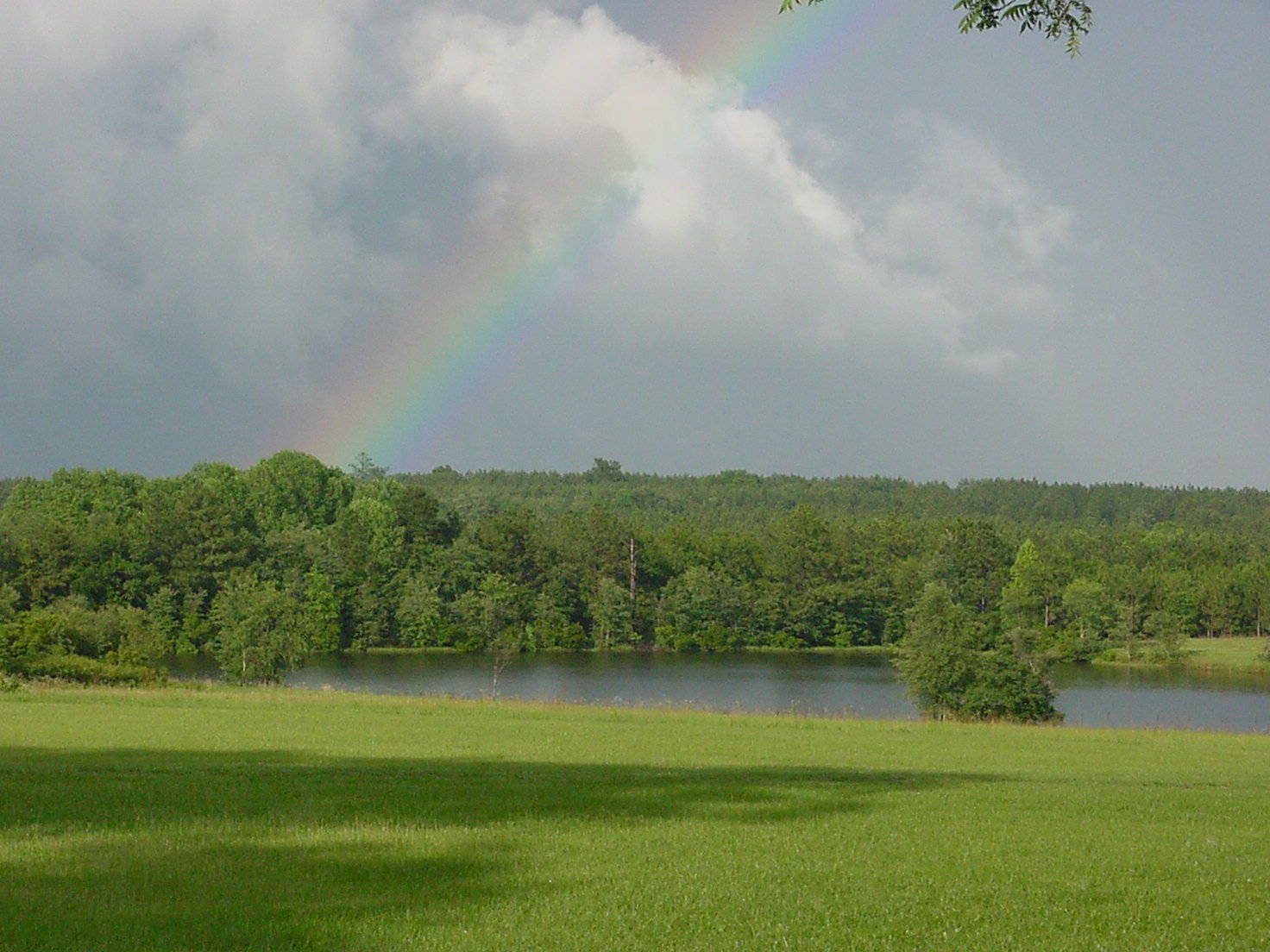 Land.com recognizes Jack Frankhouser as a top producer in the Southeast. Jack's hard work, expertise, and professionalism has helped many people with their land.
Land.com recognizes Jack Frankhouser as a top producer in the Southeast. Jack's hard work, expertise, and professionalism has helped many people with their land.